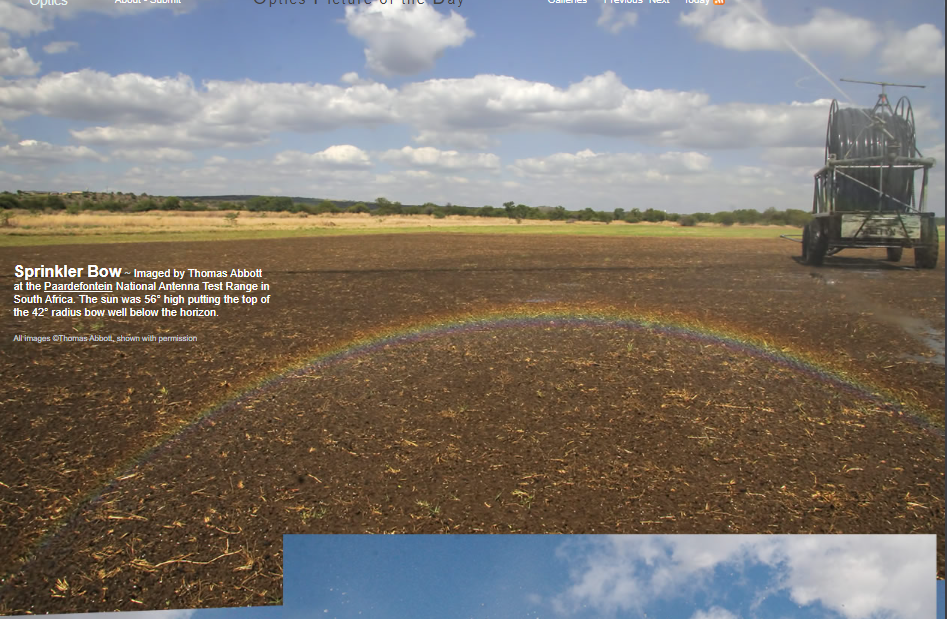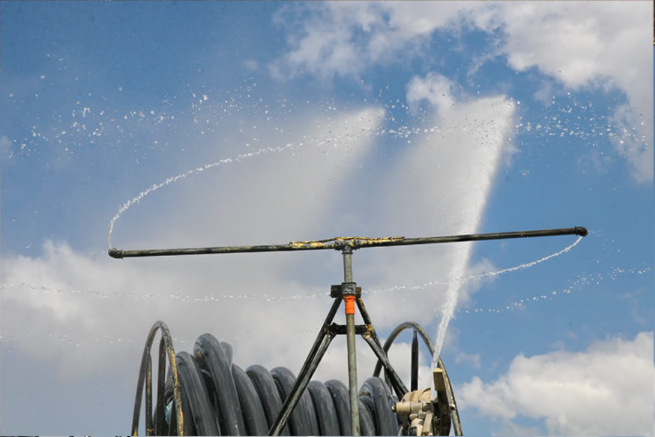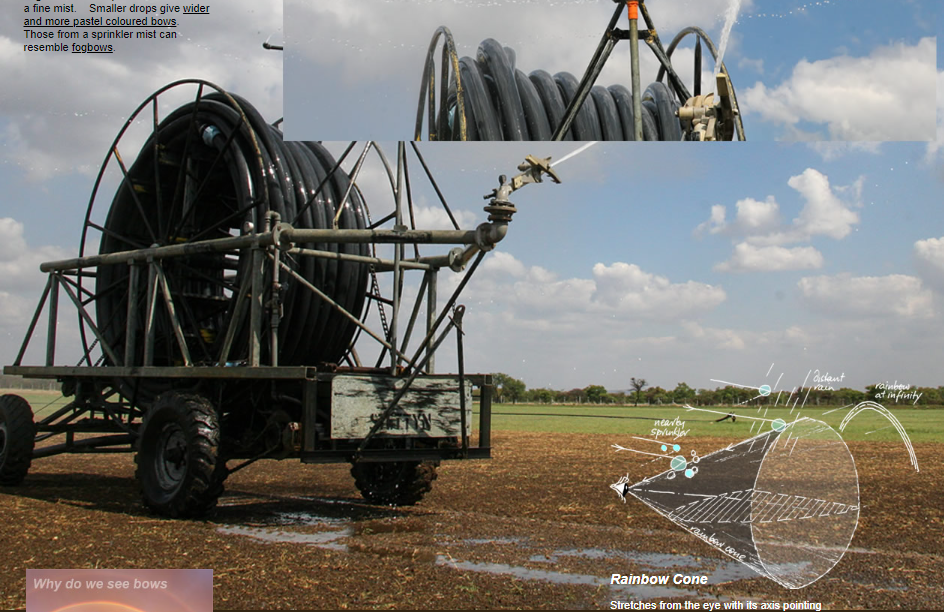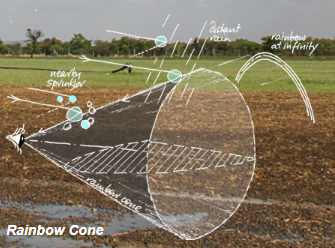Sprinkler bow - OPOD
Sprinkler Bow - A Captivating Atmospheric Phenomenon
Have you ever noticed a vibrant, circular arc of colors surrounding a sprinkler on a sunny day? This captivating sight is known as a sprinkler bow. Similar to rainbows, sprinkler bows are formed by the interaction of sunlight with water droplets in the air. However, unlike rainbows that appear distant, sprinkler bows are located nearby, creating an intriguing optical illusion. In this article, we will delve deeper into the enchanting world of sprinkler bows and explore the unique characteristics that set them apart from their celestial counterpart.
The Playful Dance of Sunlight and Droplets
When observing a sprinkler bow, you may notice that it appears to move along with the sun and stars as you change your perspective. This mesmerizing effect occurs because the sprinkler drops and the observer are relatively close to each other. As you move, the angle between the sunlight, droplets, and your line of sight changes, causing the sprinkler bow to seemingly shift its position. It's as if this ethereal phenomenon is playfully dancing with you.
A Close Resemblance to Rainbows
If the droplets emitted by the sprinkler are similar in size to raindrops, the resulting bow is indistinguishable from a traditional rainbow. However, there may be subtle differences that set them apart. For instance, due to the proximity of the droplets, you might notice a flash and sparkle in the sprinkler bow that is absent in rainbows. These close-up encounters with water droplets can add an extra touch of magic to the already enchanting display.
A Wide Range of Droplet Sizes
Unlike ordinary rain, which typically produces droplets of similar sizes, sprinklers have the ability to generate a wider range of droplet sizes. From large and unstable drops to fine mists, sprinklers offer a diverse palette of droplet dimensions. This variability in droplet size directly impacts the appearance of the sprinkler bow. Smaller droplets create wider and more pastel-colored bows, while larger drops may result in a more intense and vibrant display. In fact, when the mist from a sprinkler is particularly fine, the sprinkler bow can even resemble a fogbow, adding another layer of atmospheric wonder to the scene.
The Rainbow Cone and its Illusion of Infinity
To understand how a sprinkler bow is formed, we must explore the concept of the rainbow cone. The rainbow cone extends from the observer's eye, with its axis pointing towards the antisolar point – the point opposite to the position of the sun in the sky. The rim of the rainbow is formed by water droplets that happen to be near the surface of the cone. Remarkably, the distance along the cone does not affect the appearance of the rainbow. Regardless of where you are within the cone, the rainbow appears as though it is located infinitely far away.
Embracing the Wonder of Sprinkler Bows
Sprinkler bows offer a unique opportunity to marvel at the beauty and intricacy of atmospheric optics. As you witness these ephemeral arcs of color encircling a sprinkler, take a moment to appreciate the interplay between sunlight and water droplets that brings this enchanting phenomenon to life. Observe how the sprinkler bow seems to accompany you on your journey, moving and shifting with each change in perspective. Notice the subtle differences between sprinkler bows and rainbows, savoring the sparkle and flash that close proximity can bring. And as you encounter sprinklers with varying droplet sizes, allow yourself to be captivated by the kaleidoscope of colors they produce, from delicate pastels to vivid hues.
So, the next time you find yourself in the presence of a sprinkler on a sunny day, remember to look beyond the water spray and appreciate the sprinkler bow, a testament to the extraordinary beauty that can be found in the everyday wonders of our atmosphere.
Sprinkler Bow ~ Imaged by Thomas Abbott at the Paardefontein National Antenna Test Range in South Africa. The sun was 56° high putting the top of the 42° radius bow well below the horizon.
All images ©Thomas Abbott, shown with permission

Sprinkler bows, like rainbows, are at infinity even though the droplets are nearby. Move your head and they move with the sun and stars.
If the sprinkler drops are a similar size to raindrops then the bow are indistinguishable from a rainbow except perhaps for the flash and sparkle of very close drops.
Sprinklers, though, can provide a rather wider ranger of droplet sizes than ordinary rain. They can have huge unstable drops down to those in a fine mist. Smaller drops give wider and more pastel coloured bows. Those from a sprinkler mist can resemble fogbows.



Rainbow Cone
Stretches from the eye with its axis pointing towards the antisolar point. The rainbow's rim is made by drops that happen to be near the cone's surface. Their distance along the cone does not matter. The rainbow behaves as though it is at infinity
Note: this article has been automatically converted from the old site and may not appear as intended. You can find the original article here.
Reference Atmospheric Optics
If you use any of the definitions, information, or data presented on Atmospheric Optics, please copy the link or reference below to properly credit us as the reference source. Thank you!
-
<a href="https://atoptics.co.uk/blog/sprinkler-bow-opod/">Sprinkler bow - OPOD</a>
-
"Sprinkler bow - OPOD". Atmospheric Optics. Accessed on November 26, 2024. https://atoptics.co.uk/blog/sprinkler-bow-opod/.
-
"Sprinkler bow - OPOD". Atmospheric Optics, https://atoptics.co.uk/blog/sprinkler-bow-opod/. Accessed 26 November, 2024
-
Sprinkler bow - OPOD. Atmospheric Optics. Retrieved from https://atoptics.co.uk/blog/sprinkler-bow-opod/.